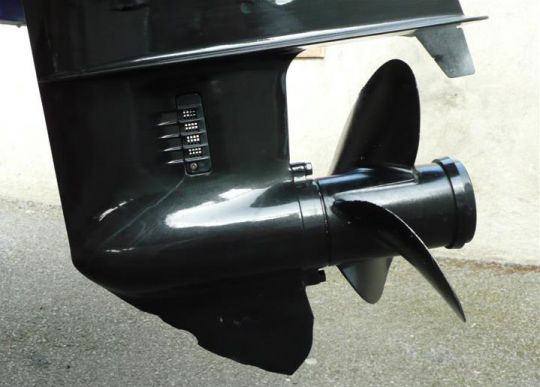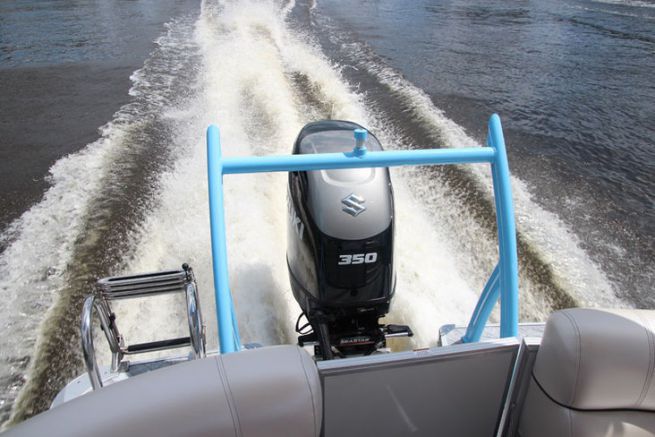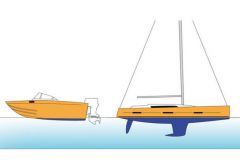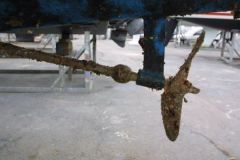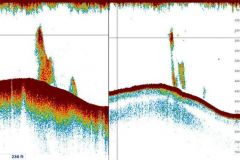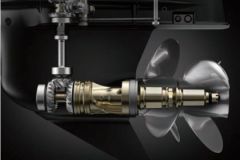Cavitation
Cavitation corresponds to the birth of bubbles in a liquid following a depression. On a propeller, these bubbles are created at the tips of the blades as the propeller rotates. The bubbles are produced by the gas contained in the water molecules, which is forced to separate and explode at that moment. These explosions (just micro explosions!) end up degrading the metal of the propeller, progressively gnawing it away. Over time, this cavitation becomes visible on the tip of the blades (more visible on aluminium propellers, less resistant than stainless steel propellers).
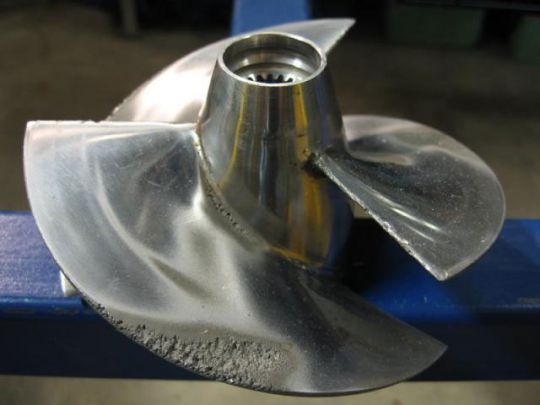
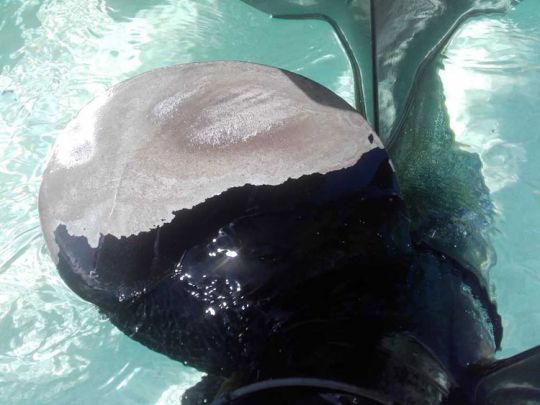
Ventilation
An engine propeller is provided for working underwater. It stalls when the propeller is stirring air, in a turn or when the trim is incorrectly set, for example. This is known as a breakdown . Without water, the propeller thrust is much easier, the engine is released and the rpm increases rapidly. The pilot is forced to cut the throttle so that the propeller works again in the water. The horizontal plate of the bases above the propeller serves to limit this phenomenon.
